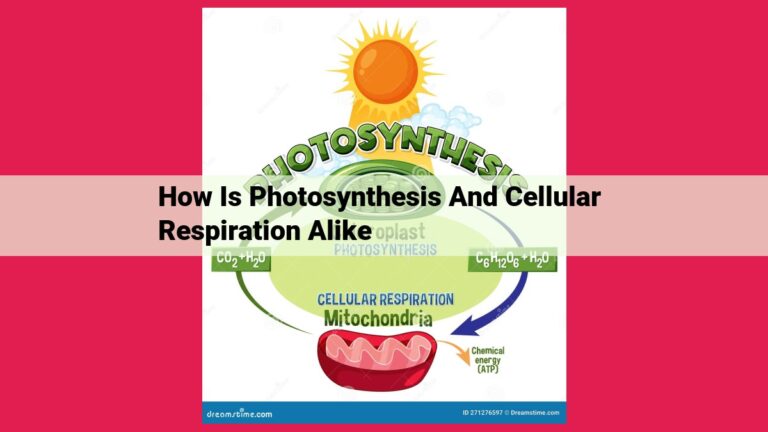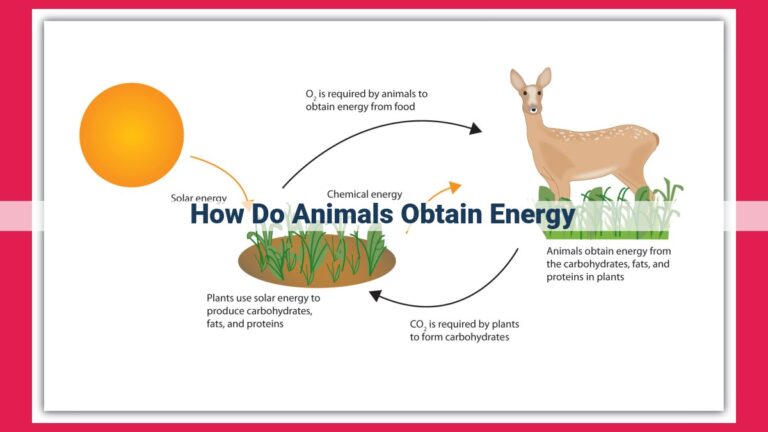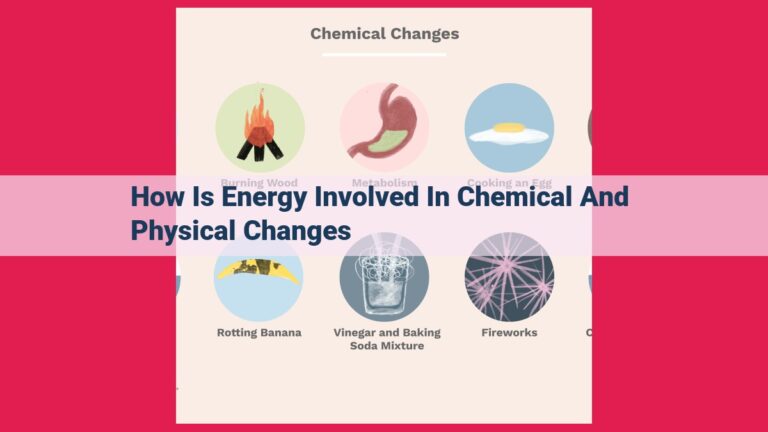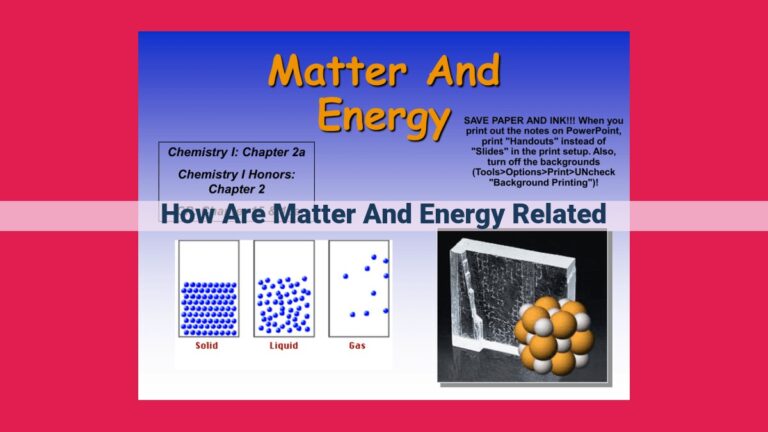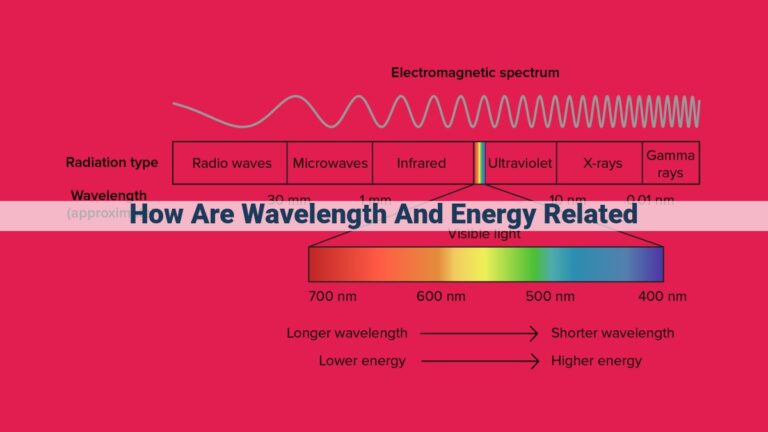Discover The Diverse Energetic Lifestyles Of Protists: Autotrophy, Chemosynthesis, And Heterotrophy
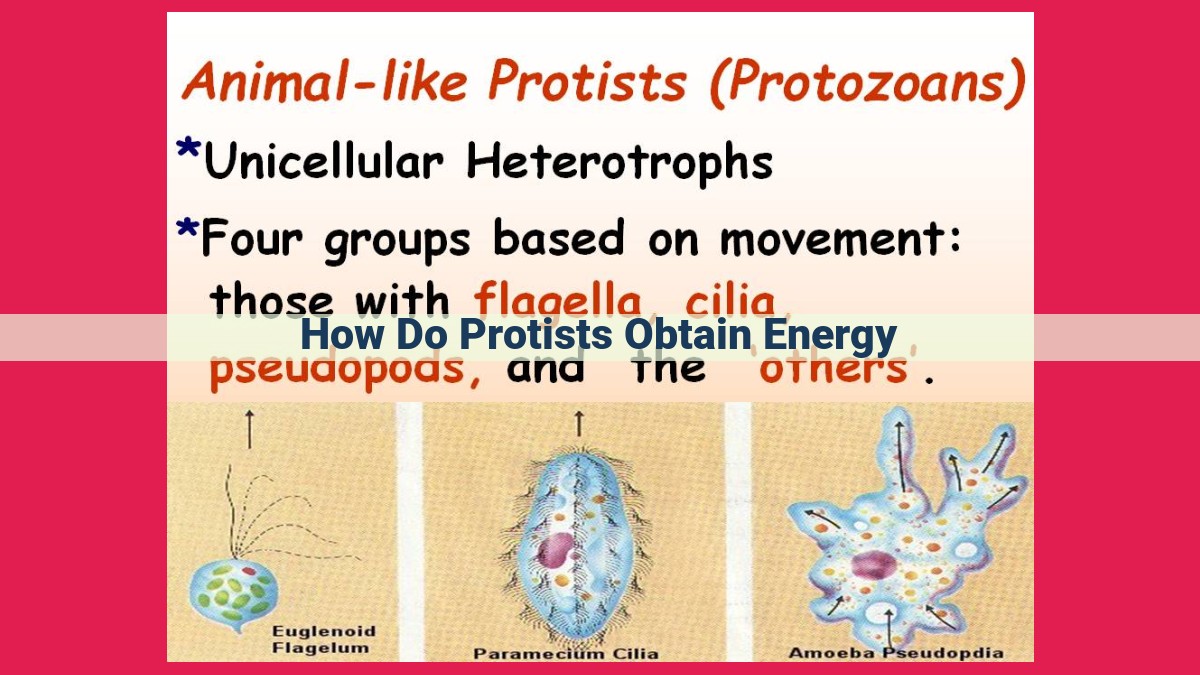
Protists, diverse eukaryotic organisms, acquire energy through a range of mechanisms. Autotrophic protists, like algae, harness sunlight via photosynthesis to create their own food. Chemosynthetic protists thrive in extreme environments, extracting energy from chemical compounds. Heterotrophic protists ingest food sources like other organisms, absorbing nutrients through digestive processes. These varied energy acquisition strategies reflect the ecological diversity of protists, highlighting their critical role in energy cycling and ecosystem functioning.
Protists: Unraveling the Secrets of Energy Acquisition
In the vast realm of life, a fascinating group of organisms known as protists reigns supreme. Protists are single-celled eukaryotic organisms that exhibit an astonishing diversity, encompassing a wide range of forms, functions, and ecological roles. Among their many remarkable abilities, the energy acquisition strategies of protists are particularly intriguing. They possess an impressive spectrum of mechanisms to meet their energy demands, paving the way for their ecological success in a variety of habitats.
Autotrophs: The Sun’s Stewards
Within the protist realm, autotrophs stand out as the primary producers, akin to culinary artists crafting delectable dishes from sunlight and inorganic matter. The process of photosynthesis, a transformative alchemy, enables these organisms to harness the sun’s radiant energy and convert it into chemical energy stored in glucose molecules.
Heterotrophs: Nature’s Scavengers
In contrast to their autotrophic brethren, heterotrophs are the opportunists of the protist world, obtaining energy by consuming other organisms. They employ diverse strategies to capture their prey, ranging from elegant phagocytosis to engulfing entire organisms. Once captured, their culinary creations are broken down within digestive vacuoles, the microscopic cauldrons of protist digestion.
The energetic tapestry woven by protists reveals a breathtaking diversity, mirroring the complexity of life itself. As primary producers, autotrophs sustain the intricate web of aquatic ecosystems, transforming sunlight into the lifeblood of the food chain. Heterotrophs, driven by their scavenging instincts, ensure the efficient cycling of nutrients, maintaining the balance of nature. Understanding the energy acquisition strategies of protists is not merely an academic pursuit; it is a window into the intricate workings of our planet’s ecosystems, offering insights into the delicate equilibrium that supports life on Earth.
Autotrophic Protists: The Powerhouses of Photosynthesis
In the vast tapestry of life, protists stand out as a diverse group of microorganisms that play a pivotal role in shaping our ecosystems. Autotrophic protists are the sun-worshippers among protists, harnessing the power of photosynthesis to convert sunlight into energy.
Photosynthesis is a magical process where these self-sufficient organisms use the energy of the sun, carbon dioxide from the air, and water from their surroundings to create their own food. This food, in the form of sugars, provides them with the energy they need to thrive.
Algae are the epitome of autotrophic protists. They are found in a wide variety of aquatic habitats, from the sunlit surface waters of the ocean to the depths of freshwater lakes. With their chlorophyll-filled chloroplasts, algae capture sunlight and use it to drive the photosynthetic process.
Euglenoids are another fascinating group of autotrophic protists. They are unique because they can switch between photosynthesis and heterotrophy depending on the availability of sunlight. When the sun is shining, they happily photosynthesize. But when the lights go out, they become opportunistic hunters, engulfing organic matter for sustenance.
Dinoflagellates are the rockstars of the protist world. Their intricate, armored shells and bioluminescent displays make them both beautiful and fascinating. Like other autotrophic protists, dinoflagellates use photosynthesis to generate energy. However, some species have also evolved the ability to feed on other organisms when the sunlight is scarce.
The chlorophyll pigments in autotrophic protists play a crucial role in photosynthesis. These pigments absorb specific wavelengths of light and harness their energy to drive the chemical reactions that turn sunlight into sugar.
Autotrophic protists are the foundation of aquatic food chains. They produce the vast majority of the oxygen we breathe and are a vital food source for countless other organisms. Without these photosynthetic powerhouses, our ecosystems would be a much different place.
Chemosynthetic Protists: Unlocking Energy in Extreme Worlds
Unveiling the Mystery of Life in Extremes
In the depths of our planet’s oceans, where sunlight fails to penetrate, remarkable organisms thrive—chemosynthetic protists. These extraordinary creatures have harnessed the power of chemical energy to fuel their existence, unlocking a hidden world of life in the Earth’s most extreme environments.
Chemosynthesis: A Window into Energy’s Hidden Source
Chemosynthesis is the process by which chemosynthetic protists convert chemical energy into organic matter. Instead of relying on sunlight, as plants do, these organisms use inorganic compounds, such as hydrogen sulfide or methane, as an energy source. This chemical energy is then used to fix carbon dioxide into glucose, providing the protists with the building blocks they need to sustain life.
Hydrothermal Vents: Oasis in the Abyss
Chemosynthetic protists flourish in the vicinity of hydrothermal vents, where superheated water from Earth’s interior gushes into the cold ocean depths. These vents release a rich cocktail of chemicals, including hydrogen sulfide, methane, and other compounds that serve as the lifeblood of chemosynthetic protists.
Adaptations for Survival
To thrive in such extreme conditions, chemosynthetic protists have evolved unique adaptations. Their bodies often harbor symbiotic bacteria that possess the enzymes necessary for chemosynthesis. These bacteria live within the protists’ cells, forming close partnerships that allow them to extract energy from their unusual environment.
Ecological Significance: Guardians of Energy
Chemosynthetic protists play a vital role in ecosystem dynamics. They form the foundation of food webs in deep-sea communities, supporting a diverse array of organisms that rely on them for sustenance. By converting chemical energy into organic matter, they contribute to the overall energy cycling and productivity of these fragile ecosystems.
Chemosynthetic protists are a testament to the remarkable diversity and adaptability of life on Earth. Their ability to thrive in extreme environments, harnessing energy from chemical sources, demonstrates the incredible resilience of organisms in the face of adversity. These organisms not only survive but also flourish in their unique niches, contributing significantly to the health and balance of our planet’s ecosystems.
Heterotrophic Protists: Masters of Energy Acquisition
In the vast realm of protists, heterotrophic protists stand out as energy scavengers, relying on other organisms for sustenance. They employ a range of ingenious mechanisms to ingest food, each tailored to their unique prey.
Phagocytosis, the cellular equivalent of “Pac-Man”, occurs when heterotrophic protists engulf solid food particles, such as bacteria or other protists. They extend finger-like pseudopodia around their prey, effectively trapping it within a food vacuole.
For liquids and tiny particles, pinocytosis is the method of choice. Protists create tiny pockets on their cell membranes, which enclose the nutrient-rich fluid and then internalize it as vesicles. This process is akin to sipping a tasty broth.
Some heterotrophic protists prefer a more aggressive approach. Engulfment involves the entire cell enveloping its prey, forming a temporary food vacuole that houses the victim. Once the meal is devoured, the vacuole dissolves and the nutrients are absorbed into the cytoplasm.
Inside the protist’s digestive system, food vacuoles play a crucial role. They contain enzymes that break down complex molecules into smaller, digestible components. This process of absorption allows the protist to extract the energy and nutrients it needs to survive.
Heterotrophic protists encompass a diverse array of organisms, from familiar animals to microscopic fungi. Even certain bacteria exhibit this mode of energy acquisition. By consuming organic matter, heterotrophic protists play a pivotal role in nutrient recycling and energy flow within ecosystems. They are the unsung heroes that keep the food chain spinning and ensure the balance of nature.
The Unsung Heroes: The Importance of Protists in Energy Cycling
In the intricate web of life, protists, often overlooked and misunderstood, play a pivotal role in the energy dynamics of our planet. These diverse microorganisms, ranging from microscopic algae to slimy amoebas, are the unsung heroes that drive energy production and nutrient cycling in ecosystems worldwide.
Protists: The Primary Producers of Aquatic Ecosystems
In the vast expanse of aquatic environments, protists reign supreme as primary producers. Through the process of photosynthesis, they harness sunlight to convert carbon dioxide and water into energy-rich glucose. These minute organisms form the foundation of the food chain, providing sustenance for countless aquatic creatures, from tiny zooplankton to majestic whales. Their photosynthetic prowess sustains entire ecosystems, fueling the intricate dance of life beneath the waves.
Chemosynthetic Protists: Nutrient Recyclers in Extreme Environments
Venture into the depths of the ocean, where sunlight cannot penetrate, and you will encounter chemosynthetic protists. These remarkable creatures thrive in extreme environments, such as hydrothermal vents and cold seeps. They tap into the chemical energy stored in hydrogen sulfide, a by-product of geological processes. This unique metabolic strategy enables them to produce food in the absence of sunlight, supporting themselves and the diverse communities that have adapted to these harsh conditions.
Protists in the Food Chain: Energy Transfer at Every Level
Protists serve as a vital link in the food chain, transferring energy from primary producers to higher-level consumers. Heterotrophic protists, which ingest other organisms for sustenance, consume the photosynthetic and chemosynthetic protists. These predators, in turn, become food for larger organisms, such as fish and marine mammals. This energy transfer fuels the complex tapestry of life in aquatic ecosystems, ensuring that energy flows smoothly through the food web.
The importance of protists in energy cycling cannot be overstated. As primary producers, they sustain aquatic ecosystems by harnessing the power of sunlight. Chemosynthetic protists thrive in extreme environments, recycling nutrients and supporting life in the absence of sunlight. And as integral components of the food chain, protists facilitate the transfer of energy throughout ecosystems, ensuring the survival and prosperity of all living organisms. Understanding their vital role is crucial for appreciating the intricate balance and interconnectedness of the natural world.

